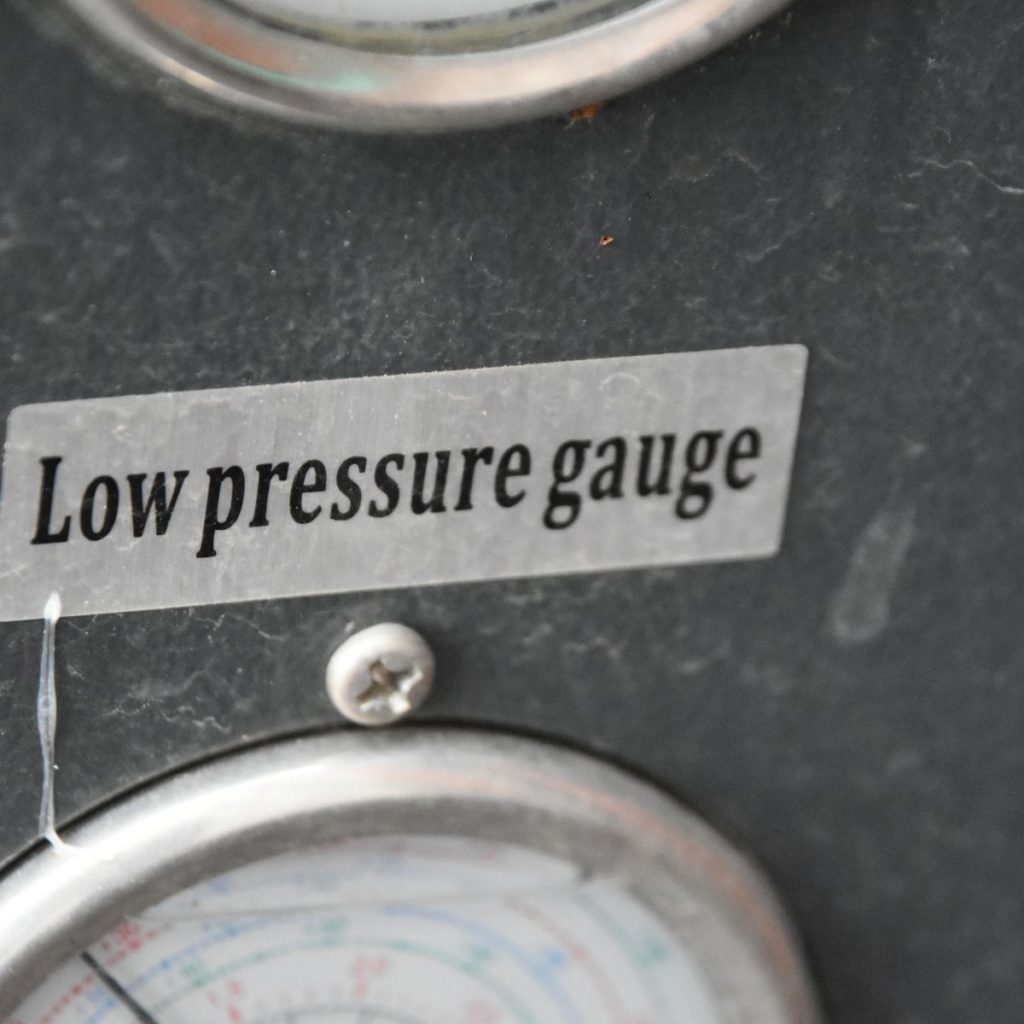Learn how to top up the pressure on your Worcester boiler with this comprehensive guide. Discover step-by-step instructions, expert tips, and frequently asked questions to ensure your boiler functions optimally.
Welcome to the ultimate guide on topping up the pressure of your Worcester boiler! If you are a homeowner or renting with a Worcester boiler system, knowing how to top up the pressure is essential to maintain its efficiency and ensure it operates smoothly. This article will take you through the process, providing valuable insights based on first-hand knowledge and credible sources.

How do I top up the pressure on my Worcester boiler?
Topping up the pressure on your Worcester boiler is a straightforward procedure that can be done without the need for professional assistance. Follow these steps to ensure your boiler’s pressure is at the correct level:
- Identify the Pressure Gauge: Locate the pressure gauge on your Worcester boiler. It is usually located on the front control panel and resembles a small dial or digital display.
- Check the Pressure Reading: Take note of the current pressure reading on the gauge. The optimal pressure for most Worcester boilers is typically between 1 and 1.5 bar, but consult your boiler’s manual for the specific range.
- Turn Off the Boiler: Before attempting to top up the pressure, switch off the boiler and give it sufficient time to cool down.
- Find the Filling Loop: The filling loop is a flexible hose with isolation valves on each end, often colored differently from the rest of the pipework. It is usually located beneath the boiler or nearby.
- Open the Isolation Valves: Gently open both isolation valves of the filling loop to allow water to enter the system.
- Observe the Pressure Increase: As the water enters the system, keep a close eye on the pressure gauge. You will see the pressure rising.
- Close the Valves: Once the pressure reaches the optimal range, close both isolation valves of the filling loop.
- Check for Leaks: After topping up the pressure, inspect the area around the filling loop for any signs of leaks.
- Turn On the Boiler: With the pressure at the correct level and no leaks detected, it’s time to switch the boiler back on.
- Monitor the Pressure: After restarting the boiler, monitor the pressure gauge to ensure it remains within the recommended range.
Remember, if you’re unsure or uncomfortable performing this task yourself, it’s always best to seek assistance from a qualified heating engineer.
Why is Maintaining the Correct Pressure Important for Your Worcester Boiler?
Maintaining the correct pressure in your Worcester boiler is crucial for several reasons:
- Efficiency: When the pressure is at the right level, the boiler can efficiently heat your home and provide hot water, helping you save on energy bills.
- Avoiding Damage: Low pressure can cause your boiler to overheat, leading to potential damage to critical components. On the other hand, high pressure can strain the system and cause leaks.
- Safety: Proper pressure ensures safe and reliable operation of your boiler, reducing the risk of accidents or breakdowns.
Signs Your Worcester Boiler Needs a Pressure Top-up
It’s essential to recognise when your Worcester boiler requires a pressure top-up. Look out for the following signs:
- Drop in Performance: If your radiators are not heating up adequately, it could indicate low pressure in the system.
- Boiler Lockout: Modern Worcester boilers may go into lockout mode if the pressure is too low, halting operation until the issue is resolved.
- Strange Noises: Unusual noises, such as banging or gurgling sounds, may indicate low pressure, leading to air in the system.
- Loss of Hot Water: Insufficient pressure can affect your boiler’s ability to produce hot water.
Common Reasons for Pressure Loss in Worcester Boilers
Several factors can contribute to pressure loss in Worcester boilers, including:
- Bleeding Radiators: When bleeding radiators to remove air, the system may lose water, leading to pressure drop.
- Minor Leaks: Small leaks in the heating system can gradually reduce pressure over time.
- Automatic Air Vents: Faulty automatic air vents can release water from the system, causing pressure loss.
- Expansions Vessel Issues: A malfunctioning expansion vessel may fail to accommodate changes in water volume, affecting pressure.
- System Draining: Intentionally draining the system, for maintenance purposes, can lead to pressure reduction.
Frequently Asked Questions (FAQs)
Q: How often should I top up the pressure on my Worcester boiler?
It depends on various factors, such as the size of your heating system and the rate of pressure loss. In general, you might need to top up the pressure every few months, but regular checks are recommended.
Q: Can I top up the pressure while the boiler is running?
No, it’s crucial to turn off the boiler and let it cool down before attempting to top up the pressure.
Q: What should I do if the pressure keeps dropping after topping up?
If the pressure consistently drops, there may be an underlying issue, such as a leak. In such cases, it’s best to contact a professional heating engineer for inspection and repair.
Q: Is it normal for the pressure to rise after topping up?
Yes, a slight increase in pressure after topping up is typical. As the water heats up, its volume expands, causing a temporary rise in pressure. However, it should stabilize within the recommended range.
Q: Can I use any water to top up the boiler’s pressure?
For optimal performance and to avoid potential issues, it’s best to use a mains water supply to top up the pressure.
Q: How can I prevent pressure loss in my Worcester boiler?
Regular maintenance, including checking for leaks and bleeding radiators, can help prevent pressure loss. Additionally, have your boiler serviced annually by a qualified engineer.
Conclusion
Maintaining the correct pressure in your Worcester boiler is essential for its efficient operation and longevity. By following the simple steps outlined in this guide, you can confidently top up the pressure on your own when needed. Remember to monitor your boiler regularly and seek professional assistance if you encounter persistent pressure loss or any other issues.
So, go ahead and ensure your Worcester boiler remains in top-notch condition, providing you with warmth and comfort for years to come.
Looking for a custom prompt or SEO services for your website? Hire me on Fiverr https://bit.ly/42rWX6Y
